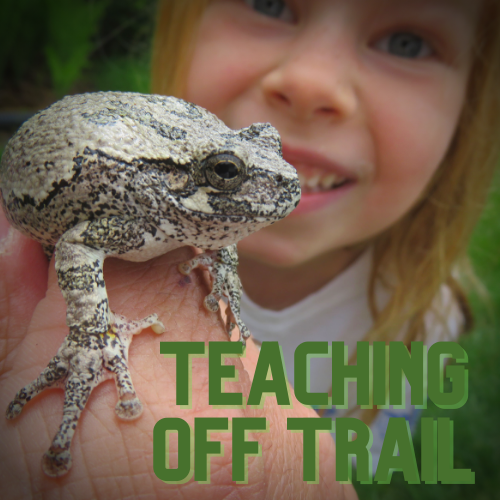Day 47
Once you entered the wild, unmowed land of our farm, you probably wouldn’t notice much besides grass and dead trees. I know I didn’t.
I have always considered myself a nature novice. I love nature but I am definitely not an expert. I always joke that I know a little about a lot of things.My energy and enthusiasm often overpower my actual knowledge and ability. As a naturalist, I am learning more and more every day but I am well aware there is so much more to learn. I consider myself a lifelong learner and I can’t think of a better place to learn than outside in nature. One great part about working to restore our farm is that it provides an almost endless array of learning opportunities.
Many of the visitors who came to the farm provided lots of pertinent advice about the process of restoration. Some of these tidbits stood out amongst the rest.
It is important to truly get to know the land before working to restore it. Observe it in all seasons. Watch how it changes. Make decisions purposely. Work in the short term but plan for the long term. Remember to have fun.
Though there were some upland areas with trees, most of the seventeen acres we aimed to restore was degraded wetland. Dominated by reed canary grass, there were areas of shrubs, dead ash trees, and some more diverse woods with a variety of trees. A few agricultural ditches crisscrossed the land.
To my nature novice eyes, I saw many dead trees, dying woods, tons of invasive grass, and a whole lot of work and financial investment. However, when more experienced and knowledgeable visitors set their eyes on the land, they saw so much more. Besides pointing out subtle differences in the grasses and sedges, they saw signs that there were plenty of native plants ready to burst out once we could get the dominant and fast-growing reed canary grass under control.
My novice eyes were starting to see more than a field of grass and forest of dead and dying trees. They were seeing potential.
Now we had to really focus on turning that potential into progress.
